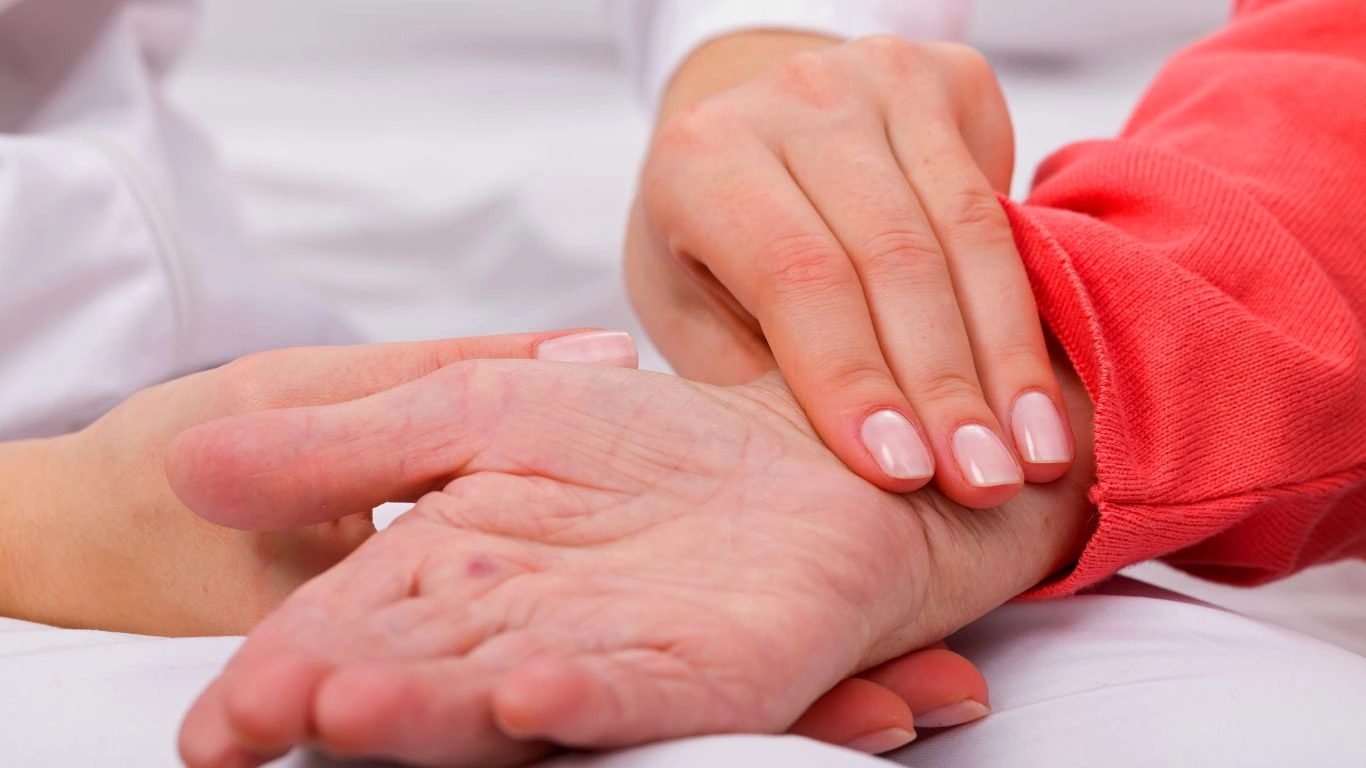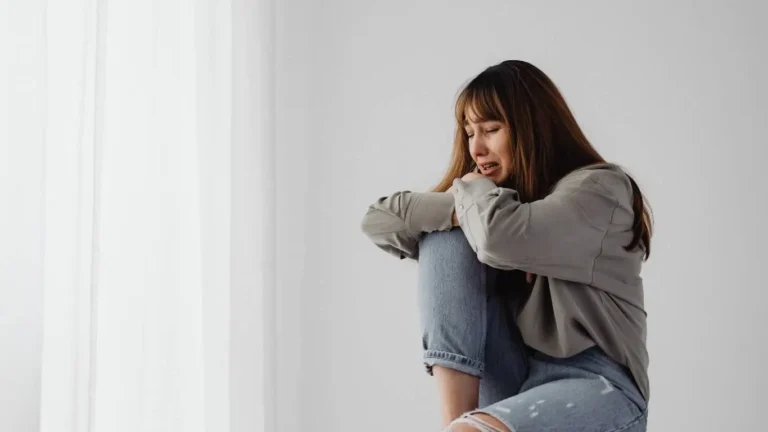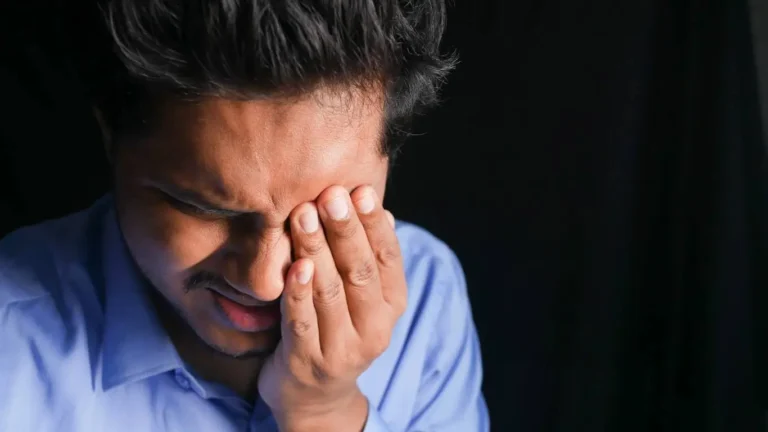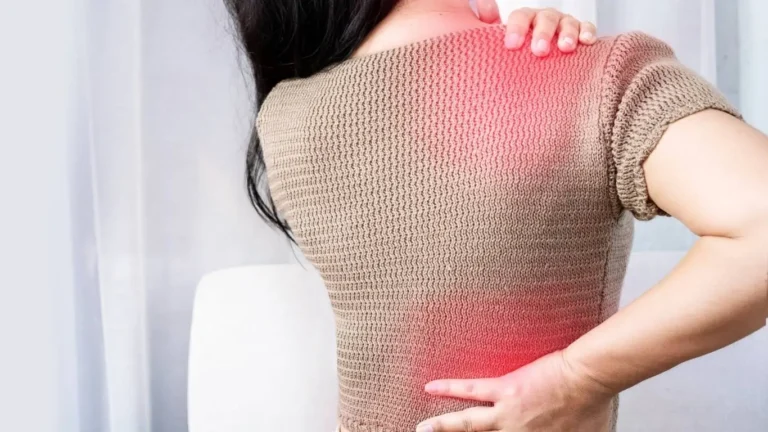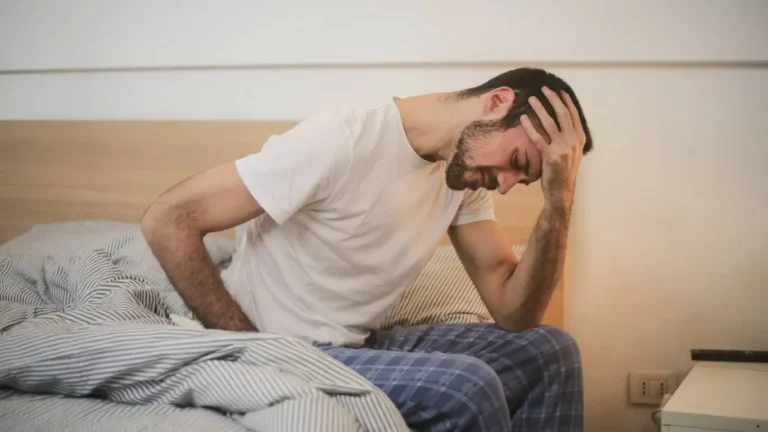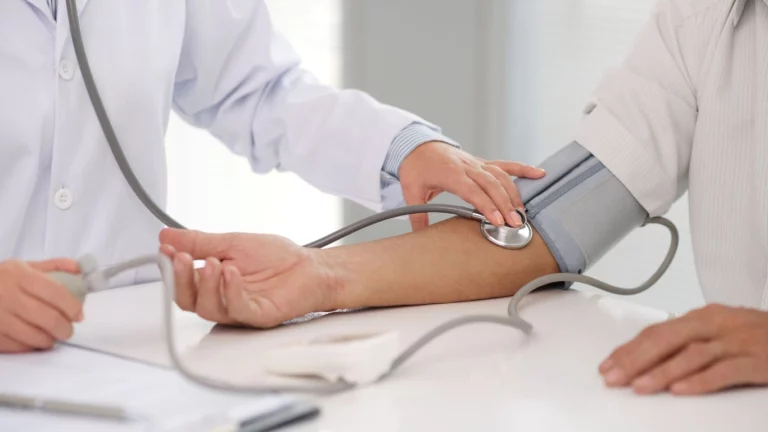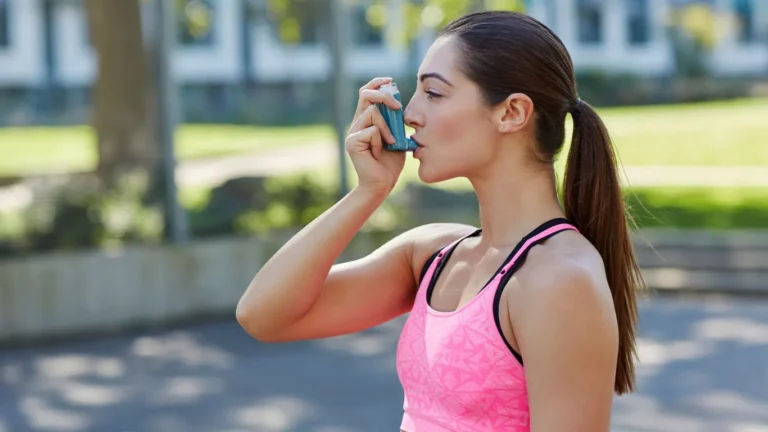How to Reduce Blood Pressure with Cold Showers – A Detailed Guide
Ever thought about how something as simple as a cold shower could help you tackle high blood pressure? It might sound surprising, but cold showers pack a punch when it comes to improving your health. Let’s dive into how they work and how you can use them effectively!
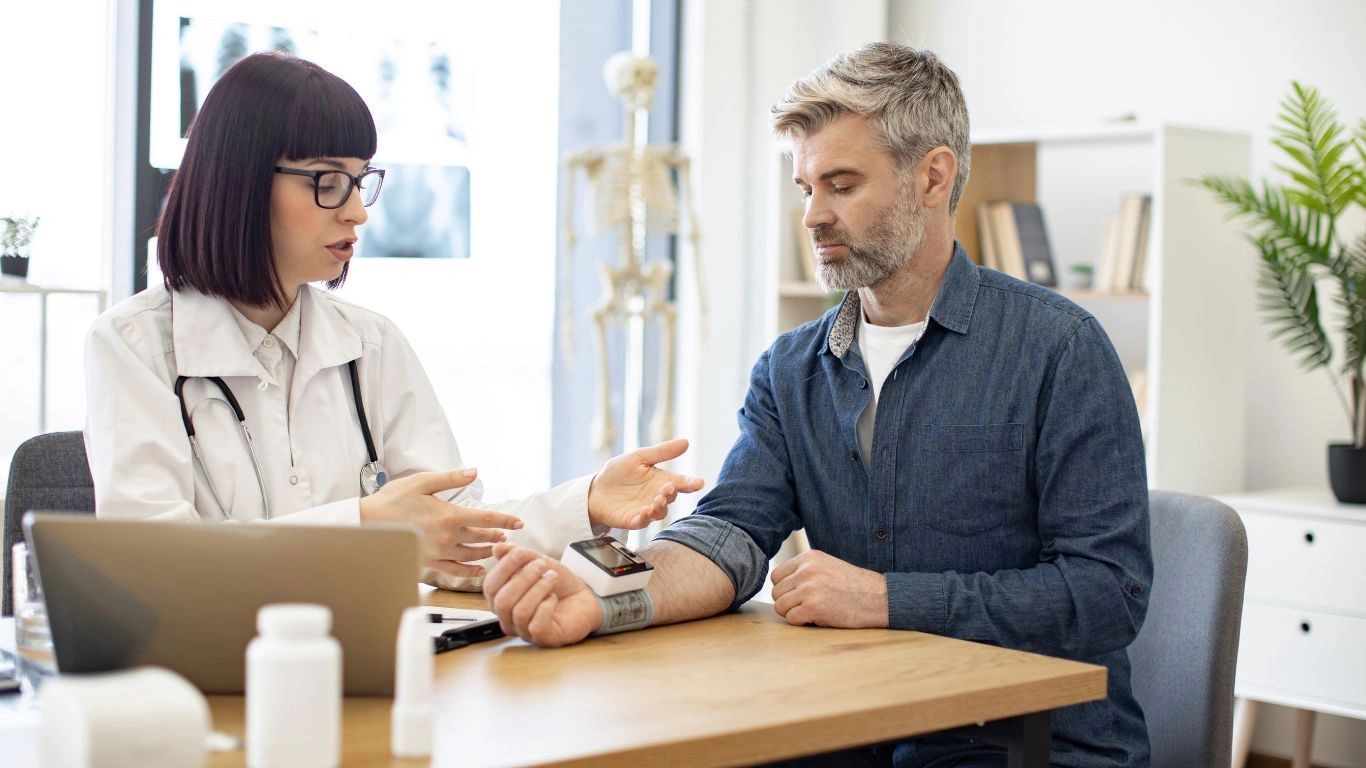
Why High Blood Pressure Is a Big Deal
High blood pressure, or hypertension, isn’t just about numbers on a monitor. It’s a major risk factor for heart disease, strokes, and other health problems. Managing it often involves lifestyle changes like better diet, regular exercise, and sometimes medication. But here’s an interesting twist—cold showers might also play a role.
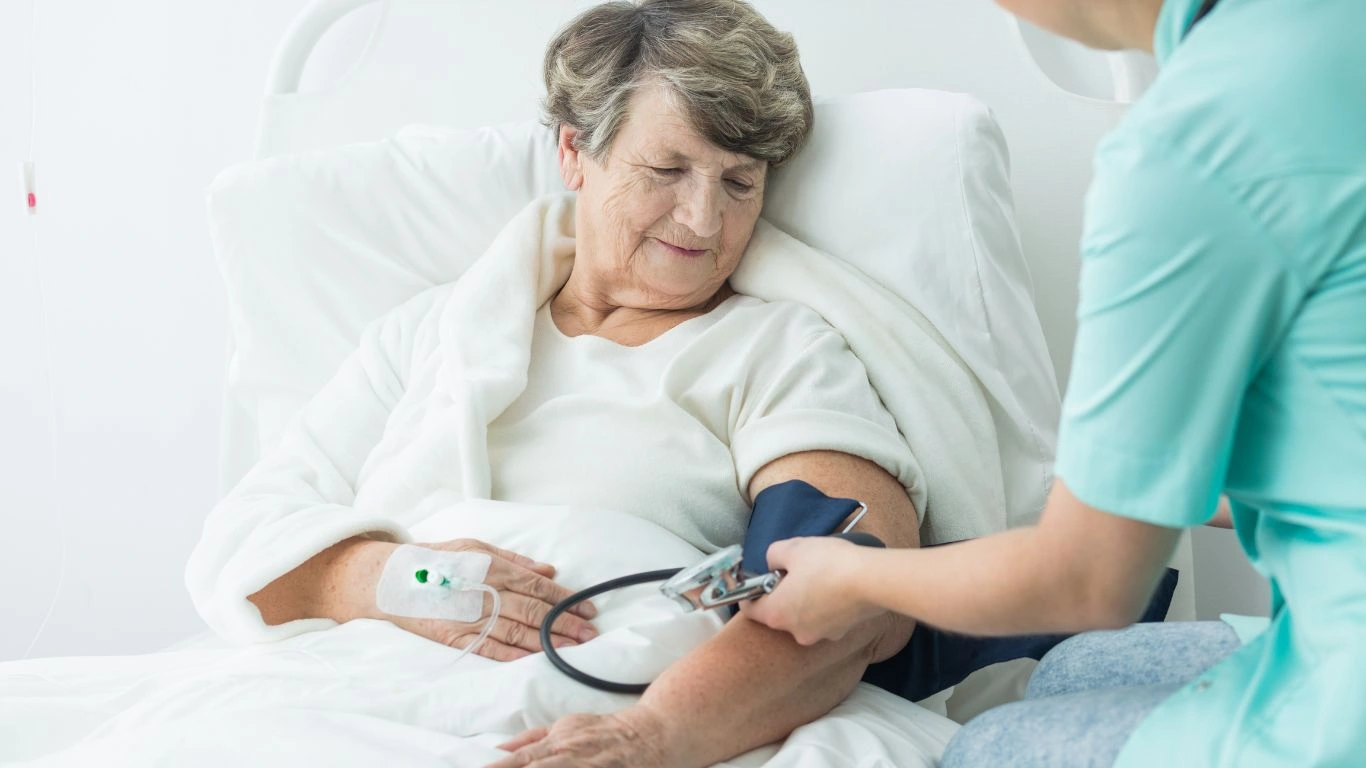
How Cold Showers Affect Blood Pressure
1. Improved Circulation
Cold water causes your blood vessels to constrict (a process called vasoconstriction), which temporarily increases blood flow to your core. Over time, this can help improve overall circulation and support healthier blood pressure.
2. Stress Reduction
Cold showers can trigger the release of endorphins, those feel-good hormones that help reduce stress. Since stress is a major contributor to high blood pressure, anything that helps you chill out—literally—can be a game-changer.
3. Enhanced Vagus Nerve Activity
The vagus nerve plays a role in regulating heart rate and blood pressure. Exposure to cold water stimulates this nerve, promoting a calming effect on the nervous system and potentially lowering blood pressure over time.

Getting Started with Cold Showers
1. Start Warm, Finish Cold
Begin with your usual warm shower and turn the temperature down to cold for the last 30 seconds. Gradually increase the cold duration over time.
2. Focus on Breathing
Cold water can make you gasp initially, but deep, steady breaths will help you stay calm. This practice also has its own stress-reducing benefits.
3. Be Consistent
Making cold showers a regular habit is key to reaping their full benefits. Aim for daily or at least a few times a week.
Who Should Be Careful?
While cold showers can benefit many, they’re not for everyone. If you have certain health conditions like Raynaud’s disease, heart problems, or extreme sensitivity to cold, it’s best to consult a doctor before diving in.
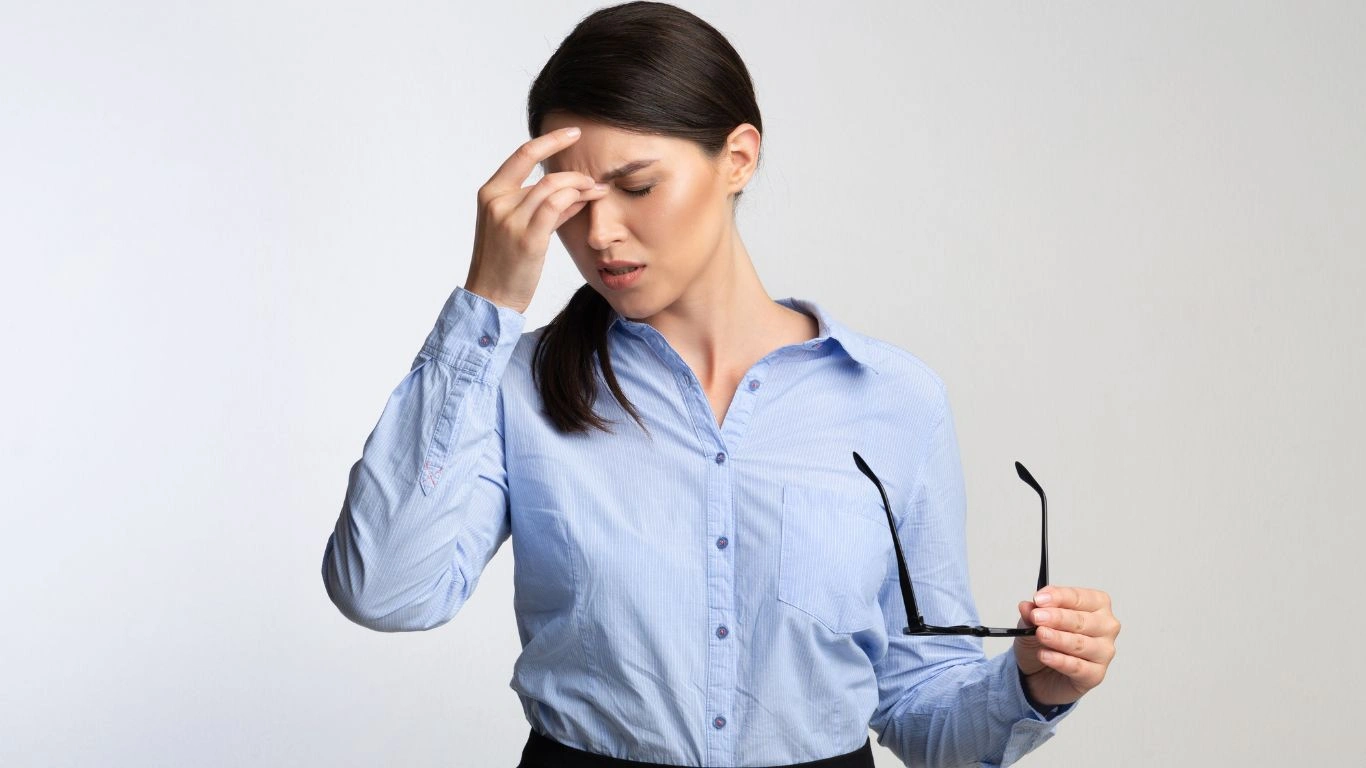
Additional Benefits of Cold Showers
Beyond blood pressure, cold showers offer a host of other perks:
- Boosted Immune System: Cold exposure can enhance white blood cell production.
- Improved Recovery: Athletes often use cold water therapy to reduce muscle soreness.
- Increased Alertness: That cold shock wakes you up like nothing else!
Conclusion
Cold showers might not replace your medication or other treatments, but they can be a simple, natural addition to your blood pressure management toolkit. Start slow, stay consistent, and enjoy the refreshing benefits!
Appendices
FAQs
- How long should I take a cold shower for blood pressure benefits? Start with 30 seconds of cold water and gradually increase to 2-3 minutes for maximum impact.
- Can cold showers replace blood pressure medication? No, cold showers are a complementary approach and should not replace prescribed treatments. Always consult your doctor.
- Is it safe to take cold showers every day? For most people, daily cold showers are safe, but if you have underlying health conditions, check with your doctor first.
- Do cold showers lower blood pressure immediately? They can provide temporary relaxation and stress relief, but consistent use is needed for lasting effects.
- What’s the ideal water temperature for a cold shower? Aim for 50-60°F (10-15°C) if possible, but even a slightly cooler shower than normal can help.
References
- Peck, R. (2023). Cold Exposure and Cardiovascular Health. Journal of Clinical Research, 56(4), 234-245.
- Johnson, A., & Lee, T. (2022). Stress Management Through Cold Therapy. Healthline Publications.
- Smith, M. (2021). Natural Ways to Manage Hypertension. American Heart Association.
Disclaimer: This article is for informational purposes only and is not a substitute for professional medical advice. Always consult your healthcare provider before trying new treatments or lifestyle changes, especially if you have existing health conditions.

Dr. Gwenna Aazee is a board-certified Internal Medicine Physician with a special focus on hypertension management, chronic disease prevention, and patient education. With years of experience in both clinical practice and medical writing, she’s passionate about turning evidence-based medicine into accessible, actionable advice. Through her work at Healthusias.com, Dr. Aazee empowers readers to take charge of their health with confidence and clarity. Off the clock, she enjoys deep dives into nutrition research, long walks with her rescue pup, and simplifying medical jargon one article at a time.
